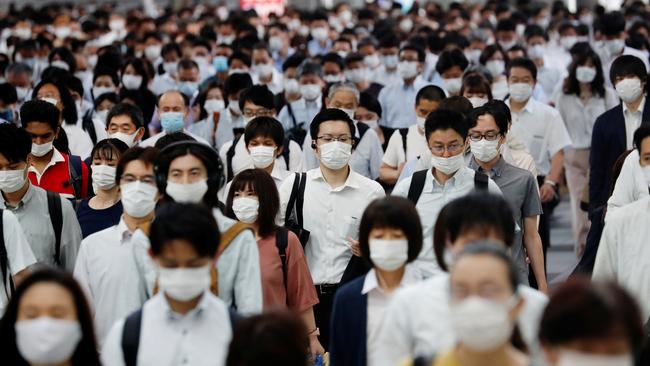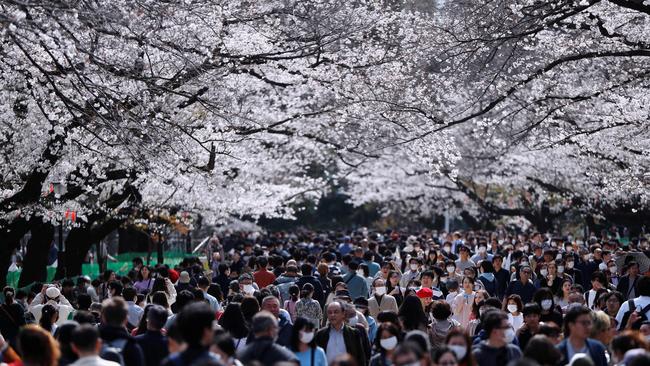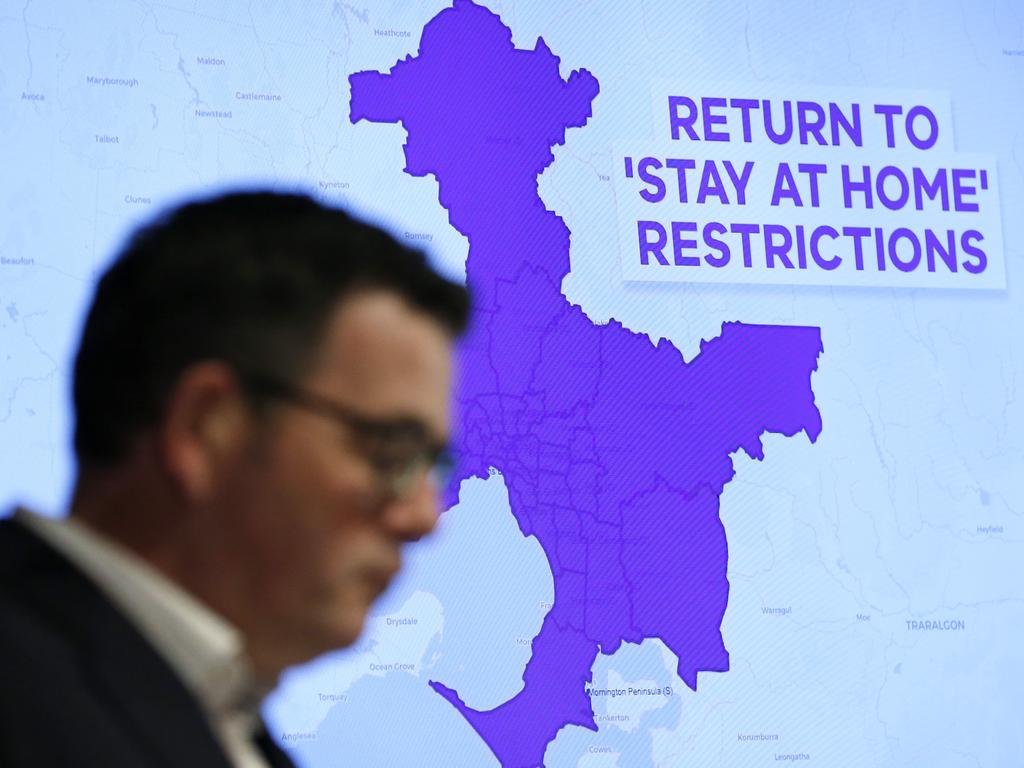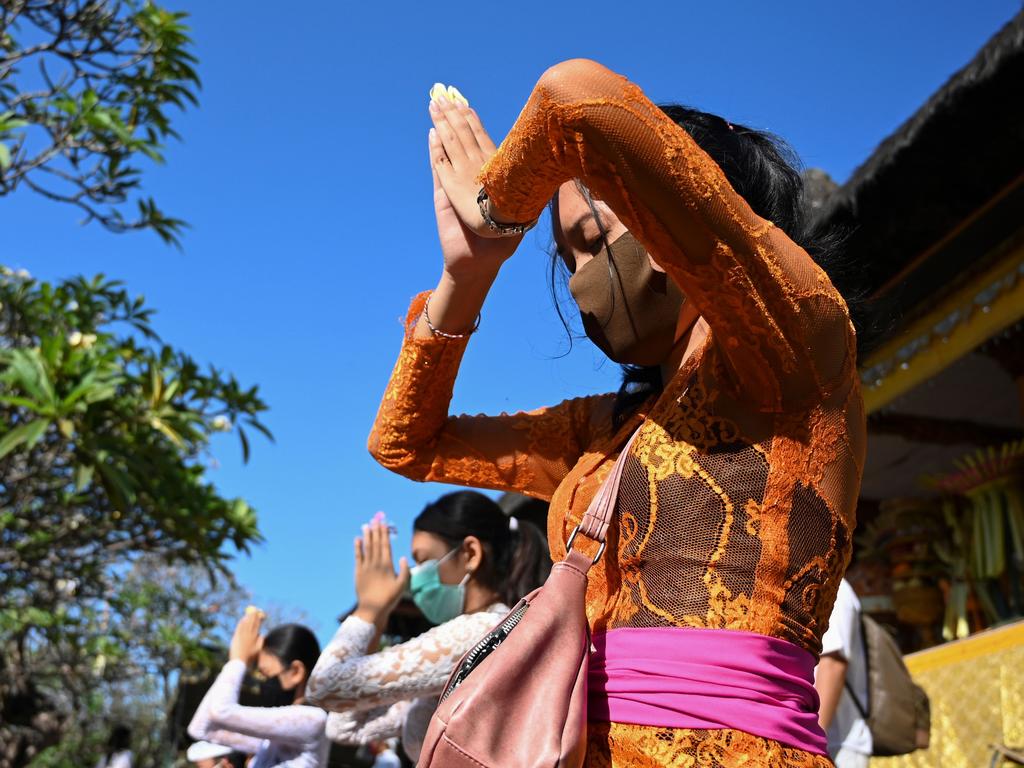How Japan beat coronavirus without lockdowns
A focus on contact tracing and ‘cluster busting’ has allowed the nation to avoid harmful economic restrictions.

While the numbers of infected are subsiding in some regions, the COVID-19 pandemic still rages in others. The world is likely to be dealing with the effects of the novel coronavirus until an effective vaccine or treatment is developed. As many governments work to reopen travel and commerce, it has become clear that this is a global crisis, and nation-by-nation approaches alone are proving insufficient. It’s essential for nations to share their experiences and learn from each other.
By following the science developed by world-renowned experts, Japan has been able to avoid the worst effects of the pandemic without mandatory lockdowns. How have we done it? High-quality medical care — accessible to all thanks to universal health insurance — no doubt helps. Social and cultural factors might be at play, too. The Japanese routinely wear masks to ward off hay fever and colds.

However, the core insight that has helped us in our fight against COVID-19 is the notion of transmission clusters. Early on, our health experts noticed that the disease spreads in a peculiar way. Although the coronavirus is highly contagious, it is not uniformly contagious. Most who are infected by it — about 80% — never pass it on to anyone else. The bulk of infections can be traced to a small number of “super-spreading events.” Just as striking, a person with mild symptoms, or even none at all, could easily cause a super-spreading event, or a cluster.
Because COVID-19 is a disease that spreads along relatively small numbers of super-spreading transmission chains, if you can isolate these chains or prevent them from forming, transmission of the virus isn’t sustainable.
Guided by such knowledge, we employed two techniques to contain and prevent clusters. First, Japanese health experts recommended a special kind of contact tracing called “retrospective tracing.” This approach differs from standard methods that focus mainly on the period after a patient contracted the disease. With retrospective tracing, health workers try to ascertain a patient’s movements and interactions before they became infected. By mapping them and cross-referencing them with those of other infected people, tracers can identify common sources of infection — the people and places behind an infection cluster.
Second, we developed a guide for avoiding high-risk situations. We call them the “three Cs”: closed spaces, crowded places and close-contact settings, especially those involving loud talking. These settings all pose a major risk of infection. Today, thanks to extensive public-awareness campaigns, even children in Japan know to avoid them.
“Cluster-busting” isn’t a panacea. For one thing, it works best when outbreaks are relatively small. While Japan managed to detect the first wave early, some clusters inevitably formed, prompting the government to declare a state of emergency on April 7. The voluntary business closures and other restrictions succeeded in reducing in-person contact by as much as 80%, and were lifted after less than two months.
Although these measures were effective in suppressing the virus expansion in Japan, the reduction in person-to-person contacts came with heavy economic costs. After new cases fell back to a small number, the cluster-based approach, in particular avoiding the three Cs, has remained central to suppressing transmission of the virus while allowing social and economic activities to resume. In Japan, with the advice of experts, more than 100 industrial sectors — including the supermarket, restaurant and entertainment industries — have established guidelines for conducting business while avoiding the three Cs.
Keeping COVID-19 under control as the world edges back out of its shell will require innovative approaches and new technologies. Japan has been promoting digitisation throughout society. Our “Digital New Deal” has made working from home easier by aggressively promoting telework technology, freeing people from Tokyo’s packed commuter trains.
Avoiding the three Cs isn’t always possible, so we are increasing and enhancing our testing capacity through the introduction of new technologies such as saliva-based tests and ultrafast antigen testing. Local health centres have played an important role in contact tracing, and voluntary app-based monitoring is helping to ease their burden.
Using “Fugaku,” Japan’s newly developed supercomputer that recently ranked as the most powerful in the world, artificial-intelligence researchers are working with medical experts to develop ways to mitigate COVID-19 transmission. They have already developed simulations of droplet spread and contagion in restaurants. I am hoping they may also help us find better ways to contain the spread of the virus.
Humanity isn’t out of the woods yet. Defeating COVID-19 will take time, resources and global goodwill. All countries must move forward together, in a spirit of openness and co-operation.
Mr Nishimura is Japan’s minister of state for economic revitalisation and minister in charge of COVID-19 response.
The Wall Street Journal







To join the conversation, please log in. Don't have an account? Register
Join the conversation, you are commenting as Logout